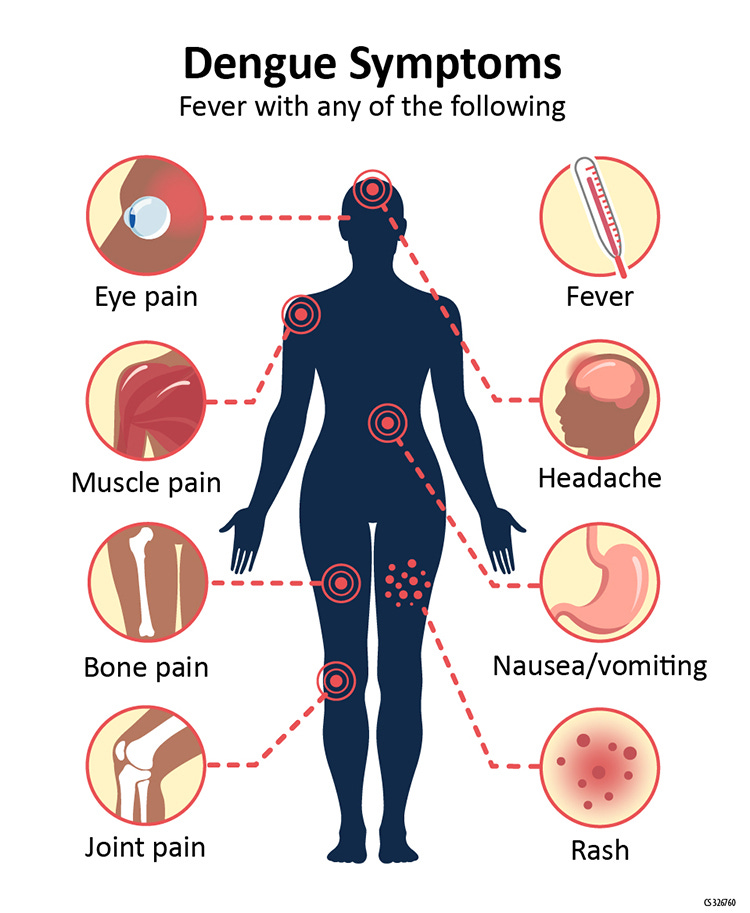This review Minireview Immunopathogenesis of Dengue haemorrhagic fever (1) provides insight into how this fantasy of antibody dependent enhancement began.
‘The clinical features of DHF include plasma leakage, bleeding tendency, and liver involvement (Anonymous,1986). Plasma leakage is caused by a diffuse increase in capillary permeability and manifests as any combination of hemoconcentration, pleural effusion, or ascites (Kalayanarooj et al., 1997)’
There can be many causes of these symptoms individually and in combination; hypertension, heart disease, toxins, embolism, pneumonia and cancer, they do not have to have a single cause. The cause has never been shown to be a virus.
‘The first indication of an immunologic basis for DHF was the observation in the 1960s that over 85% of children with DHF in Bangkok had high dengue serotype cross-reactive antibody titers suggestive of previous dengue virus infections (Halstead et al., 1970).’
Only children with suspected DHF were tested, not healthy children or sick children thought to have other diseases not caused by a virus. The ‘antibodies’ are reacting to proteins never shown to come from a virus and which are involved in detoxification and homeostasis. As they did not study the antibodies present in a control group these observations are meaningless.
‘Antibodies directed at the major dengue viral envelope (E) glycoprotein bind to the virion. Under conditions of antibody specificity or concentration where neutralization does not occur, these virus–antibody complexes are taken up more readily than uncoated virus particles by cells expressing Fcg receptors, such as monocytes and macrophages. This phenomenon, termed antibody-dependent enhancement (ADE) of infection, has been hypothesized to occur in vivo during secondary dengue virus infections (Halstead, 1989)’
The antibodies are binding to proteins involved in detoxification and restoration not to a virus. The bound antibody/protein complex may well be taken up more readily into monocytes and macrophages than unbound proteins. This is part of the role of the globulins known as antibodies. The proteins, mistakenly thought to be viral, are produced by stressing cell cultures and are seen in higher amounts in sick people than healthy people. They are involved in stimulating the detoxification and regeneration process known as ‘disease’. Antibodies that bind to them are produced, mostly in the convalescent phase, to mop up these proteins by presenting them to cells such as macrophages where they are broken down and the body is returned to balance.
‘The evidence for ADE in vivo is largely circumstantial.’
No comment.
‘In the absence of an animal model..’
There is no animal model as the symptoms are not caused by a virus.
Jo
https://reader.elsevier.com/reader/sd/pii/S0042682299996563?token=AB9625F9941AE64FC8D734BD31631CB52520EDB55E8ED414C6B82FFCC70CB278CD3F2F6826DAC62165CFF7E391C15958&originRegion=eu-west-1&originCreation=20220921085919
https://www.nature.com/articles/s41598-022-19993-w Other studies, such as a recent Japanese one (2), have shown that ‘viral copies’ of ‘SARS2’; measured by the highly variable method of converting RNA to DNA and then using PCR, increase when sera from people who have been injected with toxins is added to cell cultures. All this shows is that when biologically active material, containing many things, is added to stressed cell cultures some will show an increase in production of proteins involved in the stress response.





Great job!
One more invented illness to cover up criminal activities!
https://rayhorvaththesource.substack.com/p/mass-poisonings-is-becoming-even